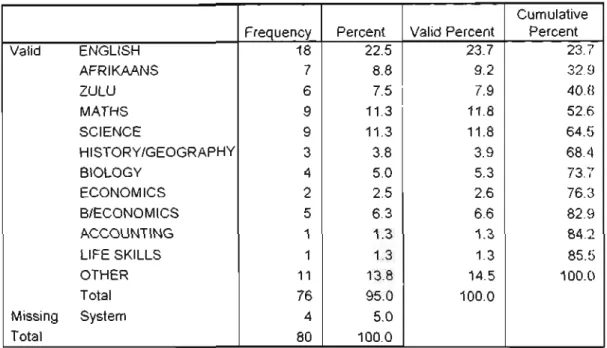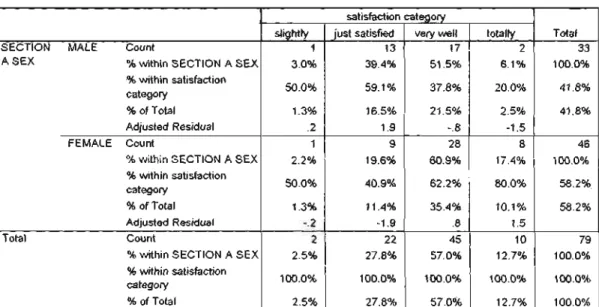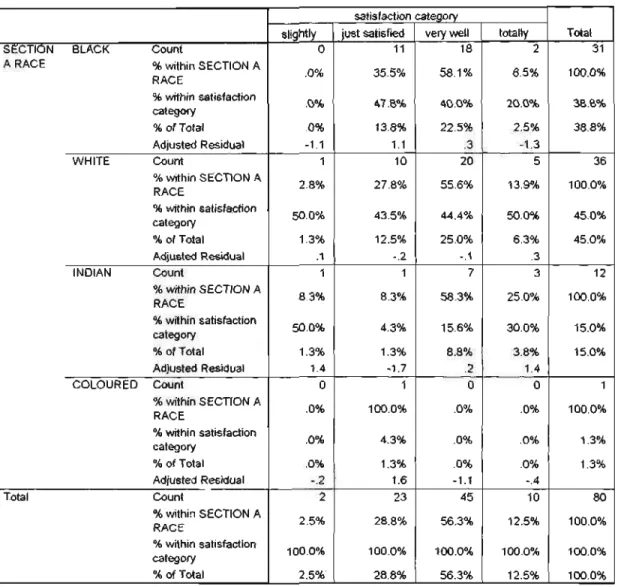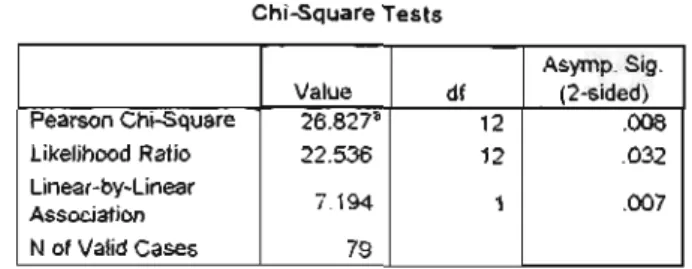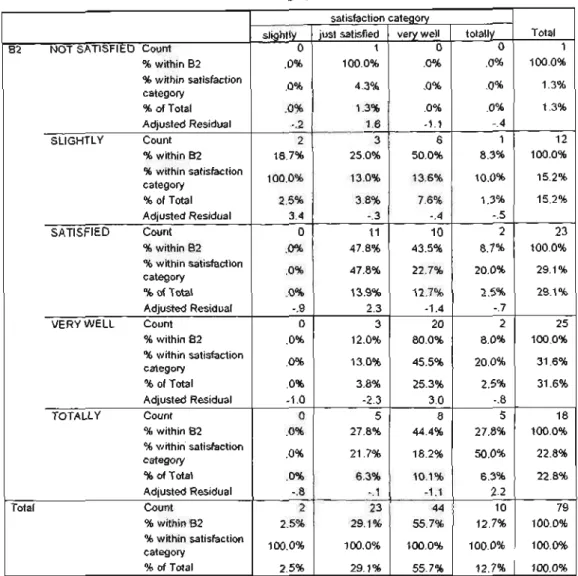Submitted as partial fulfillment of the requirements for the master's degree in Social Sciences, at the School of Psychology. My acknowledgments would not be complete if I do not thank all the schools and their teachers for agreeing to be included in the research.
Introduction
This study aims to investigate the relationship between the expressed meaning and value of work and job satisfaction of a group of school pedagogues. The focus of the present study is on how job satisfaction is influenced by the expressed values and meanings employees attribute to their work.
Literature Review
History and Background
- Maslow's Hierarchy of Needs Theory
- Equity and Expectancy Theories
- Motivation- hygiene Theory
According to Wilson (1996), Abraham Maslow's theory of the hierarchy of needs examines human motivation in terms of levels of fulfilled or unfulfilled needs. All of the above factors are taken into account in the theories of motivation which state that people are motivated for what makes them feel good, and away from what makes them feel bad (Mackenna, 1994; Wilson, 1996).
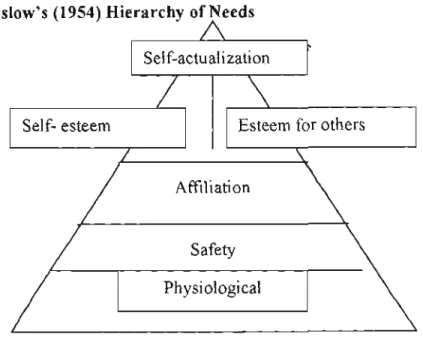
Factors that contribute to job satisfaction
- Motivation
- Performance
- Commitment
- Minimal stress
- Gender
- Length of teaching experience
It has been found by researchers that there is a correlation between job satisfaction and job performance. There is also a relationship between job satisfaction and stress that has been studied in depth.
The Problem: from a South African Perspective
- Satisfaction/ dissatisfaction with pay
- Pay and Recognition
1999) observed that salary is not a motivator for employees, but they do want to be paid fairly because when individuals believe they are not well compensated, they become unhappy. While satisfaction with pay is an important element in job satisfaction, which may be evidence of a relationship, it is not causal.
Teaching as a profession
Again, this does not mean that there is a causal relationship between the relationship between teacher and students and teacher satisfaction. This means that the relationship between the teacher and the students extends beyond the classroom and these factors can potentially influence teacher satisfaction, both positively and negatively.
Aspects that affect job satisfaction of teachers
- Teachers' feelings of competence
- Administrative control
- Organizational culture
There is a certain relationship that develops between the teacher and the students that also affects the functioning of the teachers and their satisfaction. All of these factors have been shown to be related to school teachers' job satisfaction, although the nature of the relationship is not necessarily causal.
The Meaning of work as it affects job satisfaction
- Teachers'point of view
- Managers'/ principal's point of view
- The Learner's point of view
This kind of understanding and reasoning is what keeps most teachers committed to the profession. This kind of statement leads to the conclusion that personal fulfillment is important and when one works. Finding greater job satisfaction can be linked to the hierarchy of needs.
At the end of the day, student failures reflect back on teachers, who in turn reflect on school principals.
Method
The Sample
The researcher identified six schools in Pietermaritzburg and Durban based on previous relationships with schools from other research activities. One of the main reasons for this type of contact was that there could be some difficulties in recruiting participants because most teachers are very skeptical about being researched, especially if this type of research is about attitudes and perceptions of their work. While this helped in terms of teacher cooperation, the main drawback was that it might have raised fears that the research was undertaken at the behest of management.
There were forty educators from one school, thirty from the second school and thirty from the third school, twenty from the fourth and 26 from the fifth school, a total of 146 teachers.
Subjects taught
- Measures used
- The Questionnaire
- The Interview
- Data Collection Procedure
- Qualitative Phase
- Ethical considerations .1 Informed consent
- Anonymity
- Confidentiality
- Subjects' information as private property
- Benefits
During these meetings, a short presentation was given outlining the objectives of the study. Later, relevant schools were contacted and asked to use the teachers whose names were selected for the second phase of the study. This was problematic because for the second part of the study, a sample was drawn from the names listed on the returned consent forms.
This means that only those who signed were considered for the final part of the study.
Results
Descriptive Variables
- Type of School
- Length of time in the profession
- Age Group
- The school subjects taught
Most of the teachers surveyed were language teachers, accounting for about 40%. n=80) of the entire sample, and the remaining 60% gave a variety of other subjects.

Data Analysis
- Cross tabs
- Comparison of mean job satisfaction scores
- Item Grouping
On average, there does not seem to be much difference in the overall satisfaction of the two groups. On average, teachers with fewer years in the profession have a higher average overall satisfaction. Looking at all scale items and keeping in mind the themes mentioned by the subjects in the interviews, the researcher grouped the items into four groups or subscales.
However, the researcher's grouping of articles seemed to be echoed in the membership of several groups produced specifically by Squared.
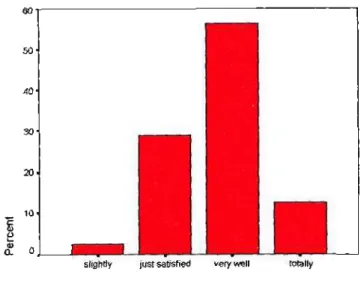
Scorer Reliability
B8: "I don't have to do anything in my job that conforms to ideas of what is right or wrong. Items on the independence subscale have a reliability of .6771; recognition items have a reliability of .7534; and self-expression has a reliability of 0 .6397 while economic and social security have a reliability of .6893.Women generally score higher than men in all four groups and the t-test in Table 14 above shows that independence and economic and social security are highly significant for gender, since the confidence interval does not contain zero, we conclude that women are more independent than men.
White teachers seem to score higher on independence, recognition, and economic and social security, while black teachers also score higher on self-expression, but they are lowest on the economic and social security cluster.
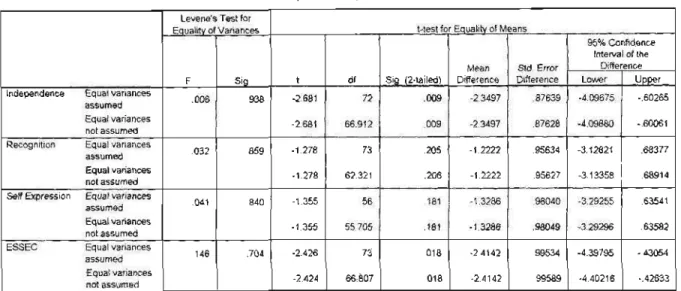
Means Plots
Comparing the four groups by experience or length of service, we found the following. Although there may be a tendency for less experienced teachers to be independent, the ANOVA reports that this is not significant. According to the age group of teachers, older teachers (41-50 years old) have higher scores on average in terms of independence, self-expression, and economic and social security.
The type of school where the teachers taught had some variation in their mean scores.
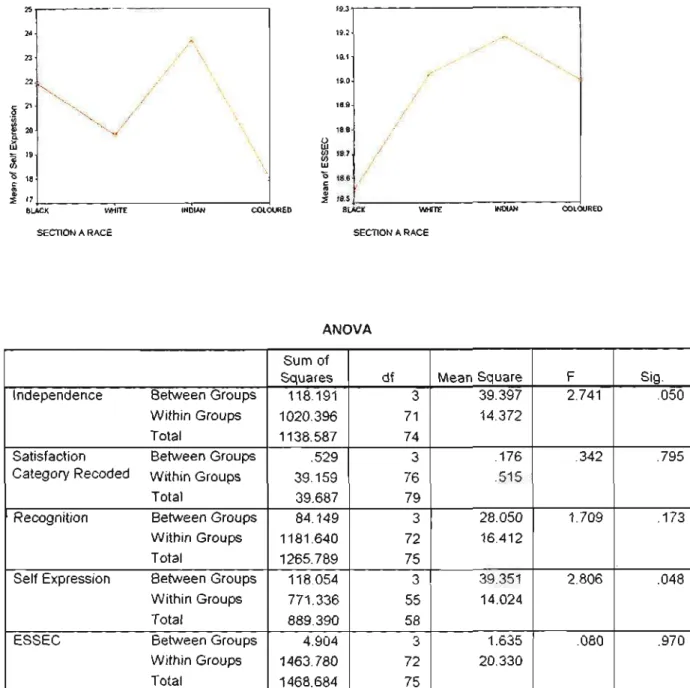
Meaning of work instrument
When asked about some of the most important aspects of their work, the most common themes here were that of teacher and role model for the. Four of the teachers said that the most important aspect for them is the interpersonal relationships they form with both other teachers and their pupils, and that they derive satisfaction from being among the other teachers who talk about issues, which may be school-related is or not. . When asked how well this profession fulfills their values, answer that most of the values are fulfilled, some are fulfilled very well, and that it depends on which values are being referred to.
Content analysis showed that most of the teachers attach a certain value to what they do and link this to the fact that they derive some enjoyment and fulfillment.

Discussion
Summary of main findings
It was also found that younger teachers (those in the 20-30 age group) have higher overall satisfaction scores on average than other teachers. White teachers appeared to score higher on independence, recognition, and economic and social security components, while black teachers scored higher on self-expression. Teachers who have been teaching for less than five years are more independent and value their self-expression more than those who have been in the profession for many years.
Based on the average score, it appears that the value of self-expression and also social and economic security decreases with length in the profession.
Discussion of results
By race, Indian teachers appear to score higher on average in all four groups (independence, recognition, self-expression, economic, and social security), although we acknowledge the small sample size; however, disparities between black and white teachers do occur. It is also significant that none of the teachers in the interview mentions pay as the main reason for doing their job. The fact that nine out of 11 (eleven) teachers stated that teachers do not get the recognition they deserve in society suggests that most teachers do it because they have a passion for it.
It was also indicated that teachers said that they get encouragement to wake up to go to school because of the learners waiting for them at school.
Limitations of the study
Many teachers report that the support of parents and the wider community goes a long way towards improving their morale and satisfaction, thereby increasing their willingness to help students. Tye and O'Brien (2002) support this by further finding that a lack of parental support is very frustrating for many teachers. The questions that were not asked, but should have been asked, would have allowed the study to better understand the learning environment.
The questionnaire was developed in 1953, which makes it somewhat difficult to use with great confidence more than 55 years later; however, the statements requested in the scale are still considered relevant to the current educational environment.
Conclusion
Another finding is that teachers with fewer years in the profession are more satisfied than others. But teachers who have been in the profession for more than five years but less than ten value their recognition more than others. Based on the mean score, the value of self-expression and social and economic security appears to decrease with length of occupation.
According to the age group of teachers, older teachers (41-50 years) have on average higher results in independence, self-expression and also in economic and social security, while teachers aged 31-40 achieve higher results. at the confession.
Recommendations for further research
Teachers' perception of their professional status as it relates to job satisfaction.Dissertation Abstract [lIIemational Section: Humanities and. Perceptions of future and current teachers about the organization of primary schools: a dissonance approach to the study of job satisfaction. Educational research. The relationship needed the expressed importance of work versus job satisfaction for a group of school educators.
The relationship between expressed meaning of work and job satisfaction of a group of school educators.
Frequency Table
Cluster
Average Linkage (Between Groups)
Dendrogram
Proximities Cluster

